I’m all about breaking barriers between the vegetable garden and the landscape. With these suggestions, you can start this transition too. And your neighbors will be impressed.
1- Asparagus (Asparagus officinalis)
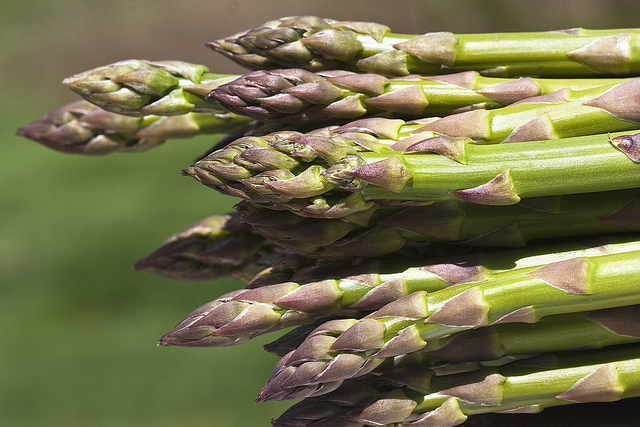
Spring asparagus shoots are attractive and delicious
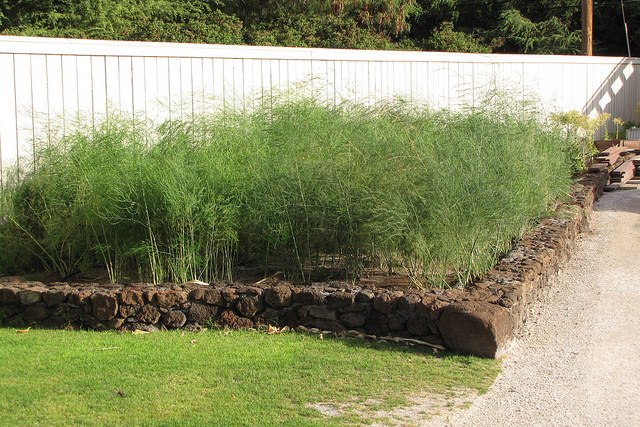
Asparagus foliage is beautiful in midsummer
This herbaceous perennial forms a great textured backdrop to your ornamental beds. The tender shoots arrive in spring, but be sure not to eat them all. By midsummer, tall wispy stalks appear with fine foliage for unique texture.
There are various varieties of green, white, and purple color to add interest, and a diversity of flavor profiles and tenderness.
Asparagus prefers sun, well-drained soil, and fairly neutral pH. Once established, however, these plants are very hardy. Harvest is recommended to be minimal until their third year to allow proper establishment.
Watch-outs: Many varieties may struggle where winters don’t get cold enough to trigger dormancy. Asparagus does not do well with standing water.
2- Alliums (Allium spp.)
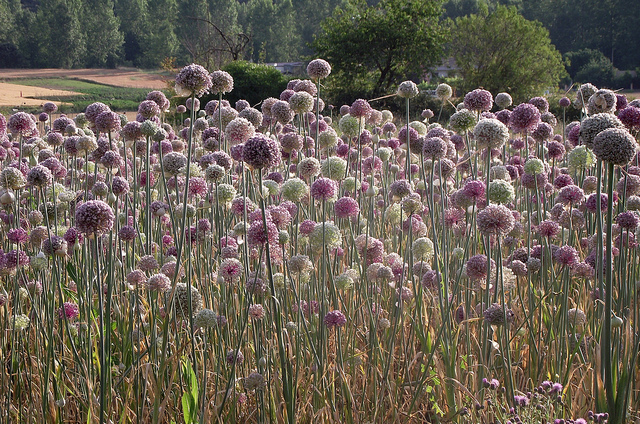
Onions pop with purple and pink pom-pom flowers
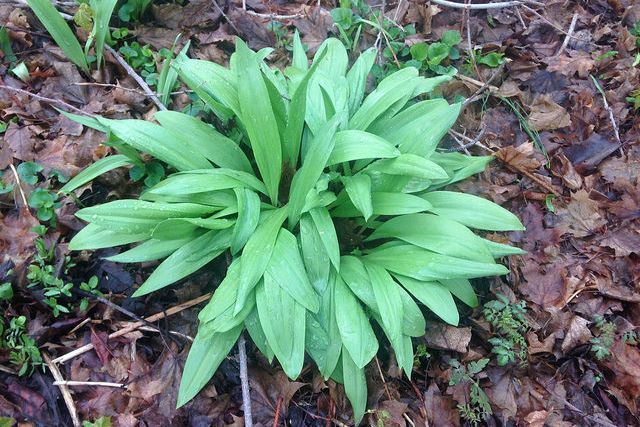
Prized in soups, ramps thrive in shade.
The Alliums are a well-known genus of plants more commonly referred to as garlic (A. sativum), onion (A.cepa), ramps (A. tricoccum), shallot (A. cepa var.aggregatum), chives (A. schoenoprasum), leek (A. ampeloprasum) and others. While there are many ornamentally bred alliums, many of the culinary varieties are beautiful on their own accord.
These plants have few downsides that I have found. They are relatively pest resistant, require little maintenance, distract pests, and attract pollinators.
While there are many benefits, there are a few optimal conditions for alliums as well. They generally prefer medium soils with medium moisture and cooler climates, although there are widely adapted varieties for most regions.
Alliums have distinct blooms, looking like a small pom-pom or firework. For those garlic heads I don’t harvest, I enjoy leaving the seedheads to self-sow and for aesthetic value in the later months. Many varieties, such as chives, are cold hardy and add green to an otherwise brown garden throughout the winter months.
Watch-outs: Depending on the variety, some alliums, especially wild varieties, can be very resilient. Some call this invasive. I call it well-adapted. If you get a variety such as Egyptian Walking Onion (A. x proliferum), be sure it is planted in a space you are okay with it spreading.
3- Lettuce (Lactuca sativa)

Add some crunch to your life and some crisp to your garden!
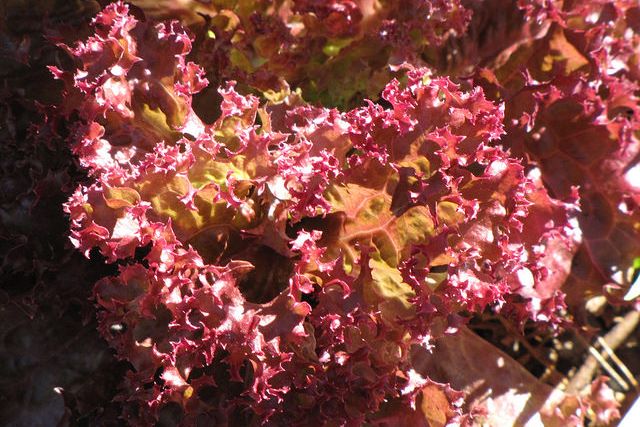
The redheaded stepchild isn’t always unwelcome!
Before you bolt, hear me out.
Okay, I couldn’t help the super lame pun but my dad would be proud. But seriously, folks, lettuces can be a great addition to any bed planting with a variety of color and a cool season habit to stretch out your garden.
If you plan it right, you can have lettuce ready for harvest all growing season and looking great for your front yard as well. Planting and growth can begin in early spring with harvest in as little as 45 days for mature leaves and sooner for shoots. Some larger varieties such as romaine take a few months to mature.
Leaf color ranges from bright green to red-tufted, with surfaces from matte to shiny. Leaf edges can be smooth or frilled. These combinations, along with height variation, make a great addition to any bed as an accent or space-filler.
Lettuces are relatively pest free, aside from occasional cutworm and slug problems. They also can be enjoyed by the perusing leaf-eating insect, as well as the leaf-eating mammal. Just plant extra and space them out among other plantings.
Watch-outs: Planting in full sun or next to south-facing walls can cause lettuce to bolt more quickly, taste more bitter (bitterer?), and require more watering. Medium sun is preferable for these reasons. Planting lettuce in the same locations over multiple seasons may increase occurrence of bacterial and mold diseases.
4- Basil (Ocimum basilicum)
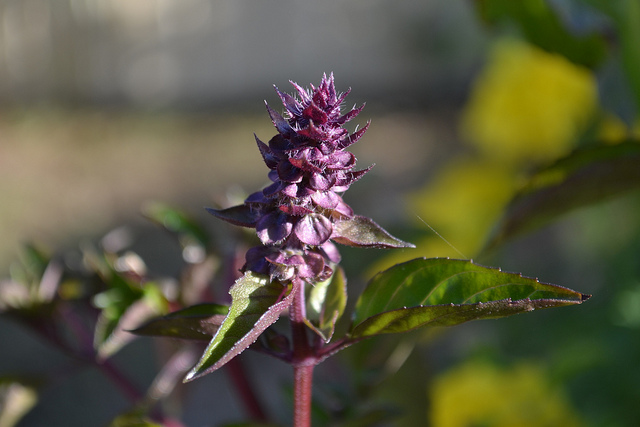
Spires of basil grace the summer garden
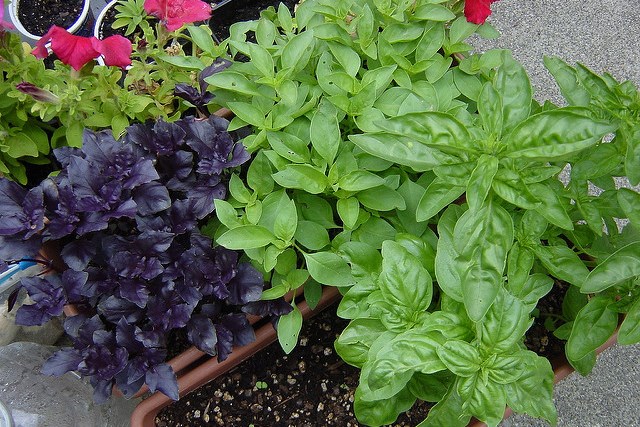
Palate pleasers for both color and taste
A well-known herb in the kitchen, basil is a fun addition to any landscape. This annual provides not only the benefits of fresh basil in the kitchen, but a variety of colors and forms to choose from for your landscape.
While not exactly a showy plant, basil has several varieties varying from deep red, to purple, to green. Form can be the typical loose habit or a bushier variety. These beautiful plants have mid and late season flowers that attract beneficial pollinators and add a purple, white, or crimson accent to the landscape.
In addition to aesthetic selection, basil varieties have widely varied flavors, from sweet to sharp, mild to sour. So select based on intended use outdoors and indoors.
I have had success growing basil in various soil types and fertility levels. These plants are very hardy and enjoy having few pest issues and maintenance needs.
Watch-outs: Basil is frost-sensitive, so be sure to plant seeds or young sprouts after danger of last frost. Make sure you research the flavor of your intended variety to ensure it matches your culinary needs. Not all basils are equal.
5- Kale/Cabbage (Brassica oleracea vars.)
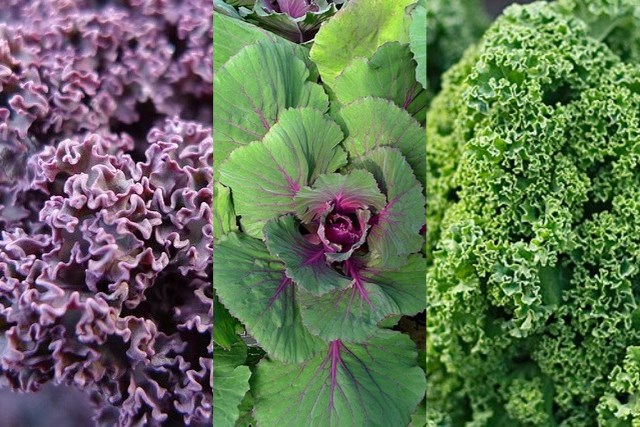
Kale comes in a wide variety of color and texture for the late season garden
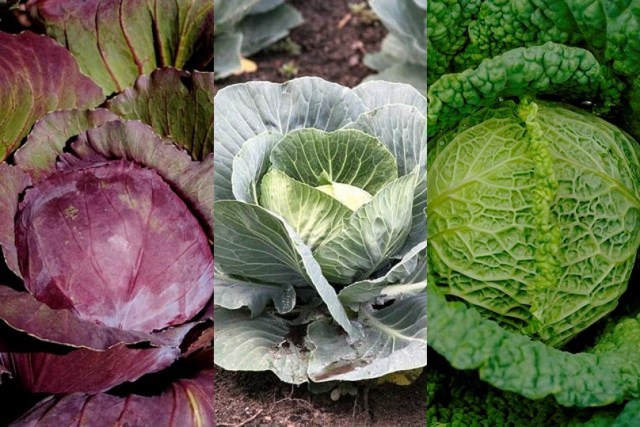
Cabbage also brings variety of color and texture
I have put kale and cabbage (B. oleracea) into the same category due to their relatedness and similarities of use. Both in the Brassica genus, these plants pack a nutritional punch and can look great in any landscape.
Similar to lettuces, you can plan out harvests of your cabbage and kale for most of the growing season. However, both species generally prefer cool weather growth and harvest. Kale in particular can be harvested until very late in the year.
Cabbage form varies from dense round heads you commonly see in groceries, to loose tall heads, to very loose habits that nearly resemble kale. Kale generally forms a loose growth habit of deeply ruffled leaves and a frosty, waxy appearance to the leaf surface.
Both kale and cabbage have varieties of deep green, to light green, to purple.
Watch-outs: Brassicas in general are susceptible to several diseases and pests, and must be looked after. Spreading out plantings greatly reduces pest pressure. Again, these are usually considered cool season crops. Be sure to plan and plant at appropriate times for the intended variety.
Well, there you have it. These plants will soon be gracing your front yard, adding to the beauty and edibility of your landscape!
Leave a comment and share your success with moving plants to the front yard!
Gardening is my graffiti. I grow my art. Just like a graffiti artist where they beautify walls – me, I beautify lawns and parkways. – Ron Finley
What? A free guide to save 27 hours of yard work? Yes please!
Photo Credits: Christoph Zurnieden; liz west; Forest and Kim Starr; Javier Mendia Garcia; Eric Toensmeier; liz west; Forest and Kim Starr; Doug Ford; Satrina0; Nick Saltmarsh; rene_beignet; Jennifer; Bill Benzon; Chrissine Cairns Rios



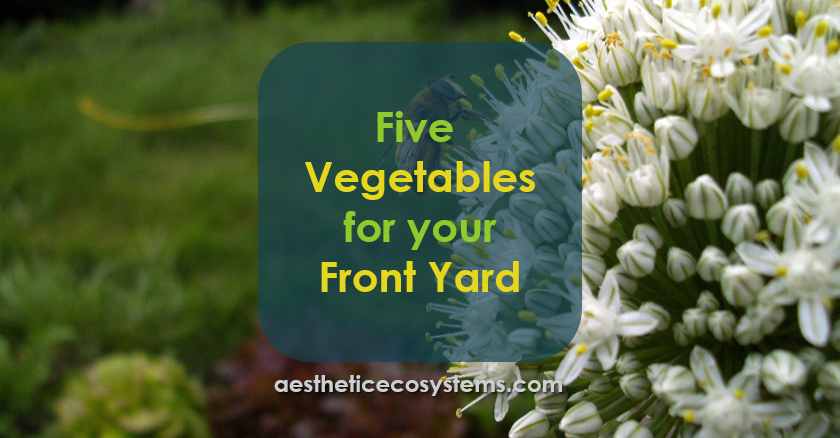
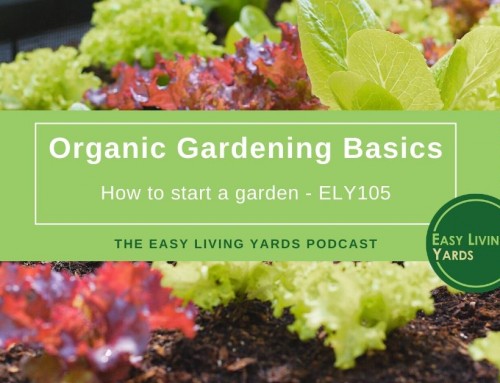


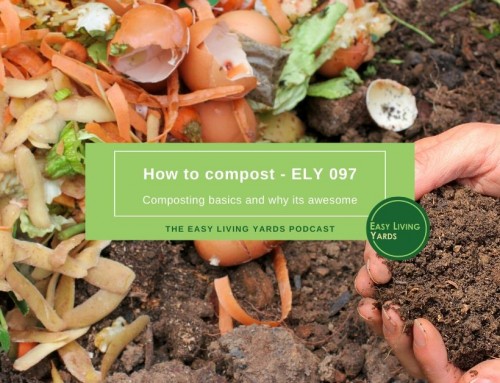
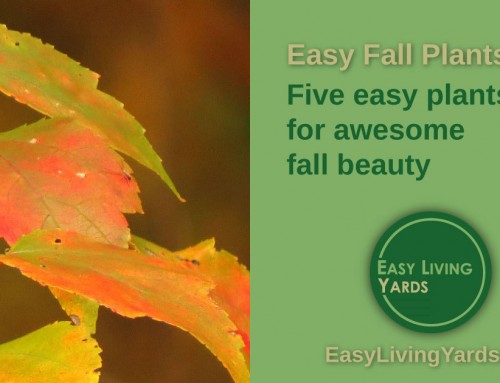
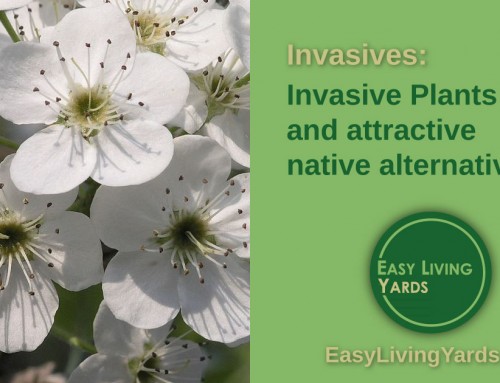



Why plant veggies in your front yard when you plant many beautiful plants and flowers? I think getting veggies should be something that you should do only from the supermarket and therefore your focus should be on planting trees and plants.